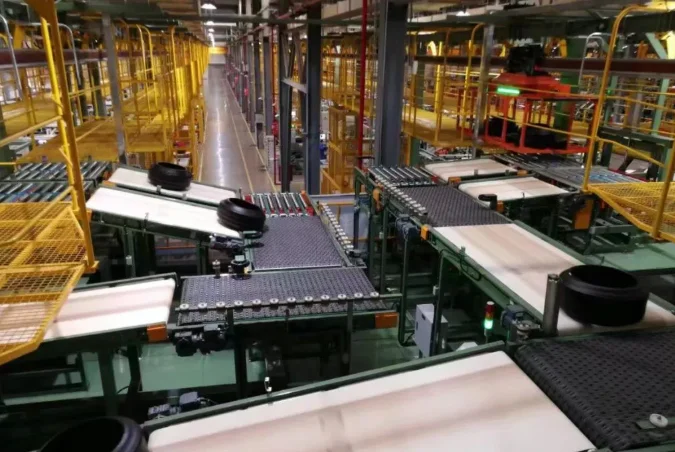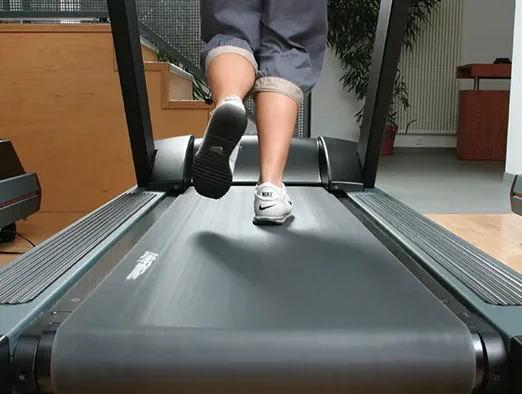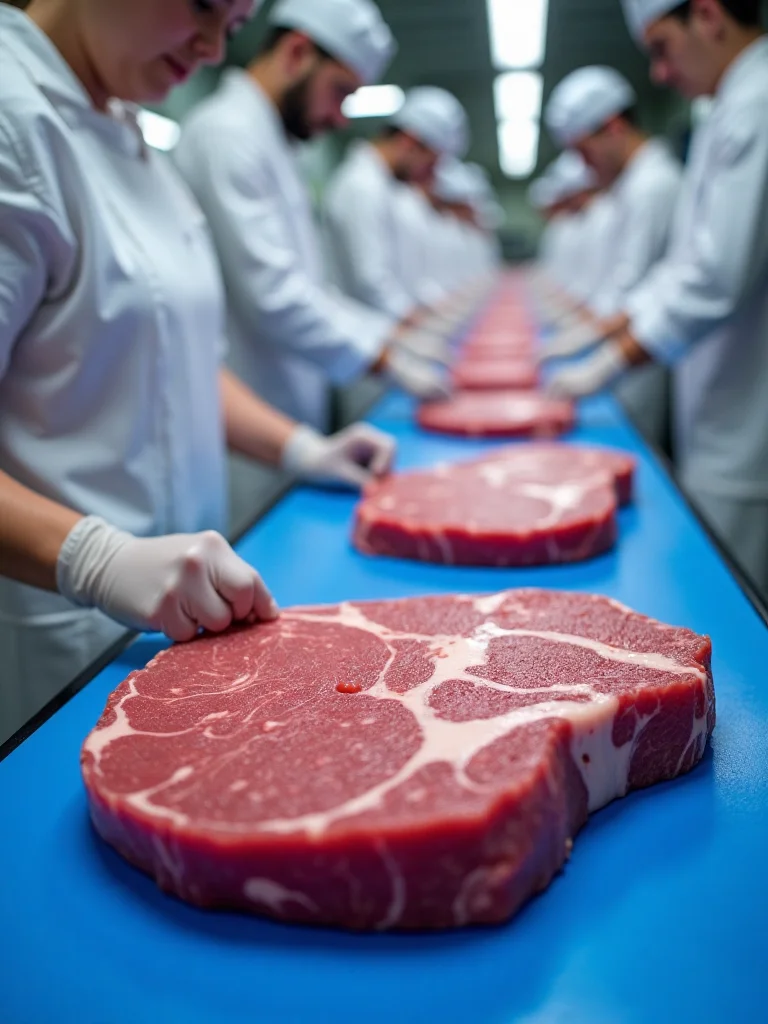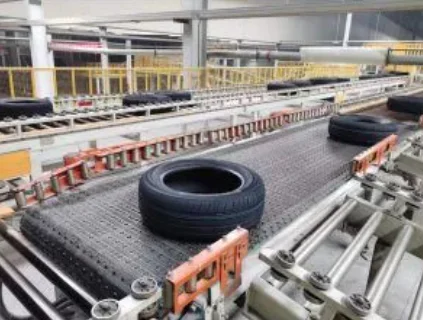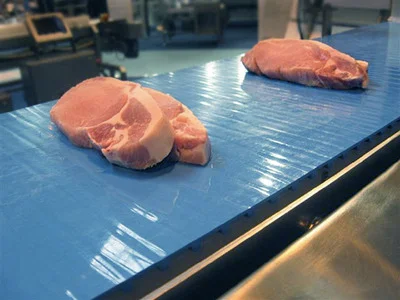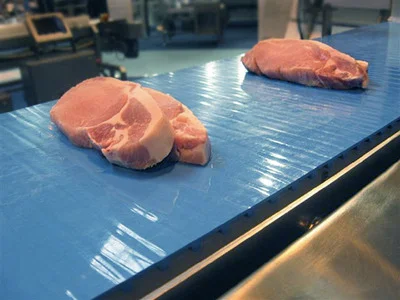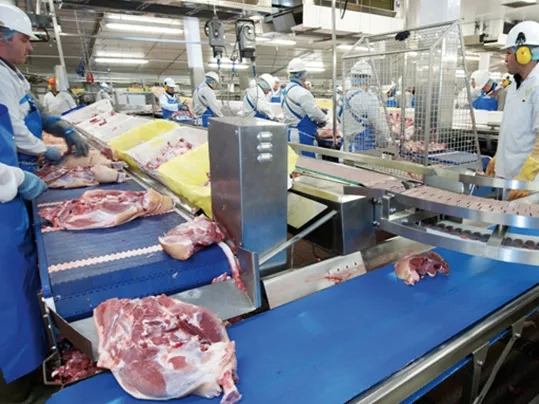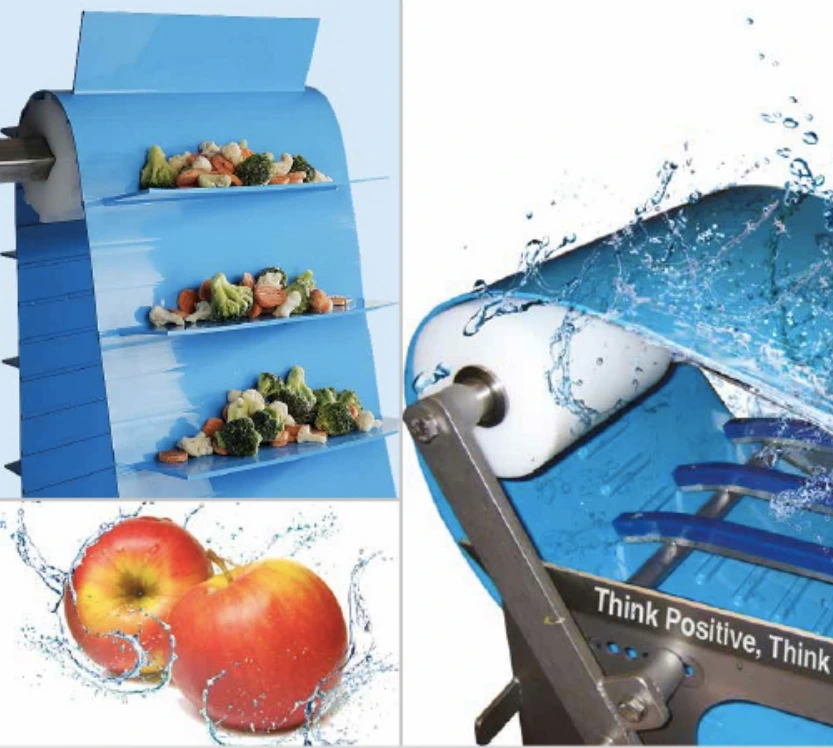When selecting conveyor belt systems for ski resorts, operators must carefully evaluate several critical factors to ensure optimal performance and guest satisfaction. Uyang Belting equips ski destinations with sturdy, weather-proof conveyor belts. These belts feature customizable lengths, widths, and speeds. They adapt to varied terrains and visitor requirements. Crafted from premium PVC, PU, and rubber, the belts promise longevity and minimal upkeep. They also promote energy savings. Their modular structure ensures effortless integration with existing setups. Equipped with advanced safety mechanisms, smooth functionality, and lifelong technical support, Uyang’s offerings elevate guest satisfaction. They also reduce long-term expenses for ski destinations. To understand their value, consider the essential factors in selecting such systems.

Key Considerations for Choosing a Ski Conveyor Belt
Selecting the right conveyor belt requires careful thought. Several aspects influence its suitability for ski destinations. These include material sturdiness, weather resilience, upkeep needs, and energy conservation. Each factor plays a vital role in ensuring reliable functionality.
Why is Durability and Longevity Crucial?
When choosing a conveyor belt for a ski destination, prioritize material resilience. A robust system guarantees steady operation. It also reduces the frequency of replacements. High-quality PVC or rubber materials resist wear effectively. For instance, rubber belts excel in demanding tasks. Their strength and abrasion resistance make them ideal for heavy-duty use. Such choices extend equipment lifespan. They also minimize disruptions to operations. This reliability enhances the overall efficiency of the ski destination.
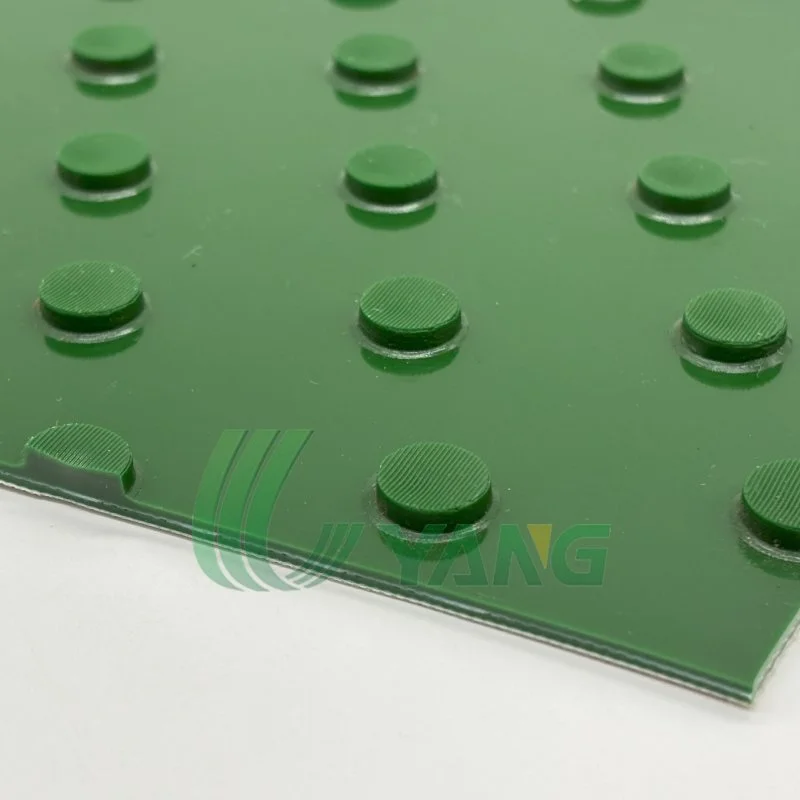
How Does Performance Vary Under Extreme Weather Conditions?
Ski destinations encounter harsh weather, including snow, ice, and temperature fluctuations. A conveyor belt must endure these challenges. Polyurethane provides low friction and remarkable sturdiness. This makes it suitable for icy conditions. Polymer-based belts, such as those made from thermoplastic elastomers (TPE), offer flexibility and wear resistance. These properties ensure seamless operation during severe winters. Thus, the right materials maintain functionality in tough environments.
What Are the Maintenance Requirements and Costs?
Upkeep significantly impacts cost-effectiveness. A low-maintenance design saves time and resources. Belts with self-cleaning features or replaceable components reduce downtime. Such designs streamline operations. Additionally, suppliers offering lifelong technical support or extended warranties lower expenses. These benefits make maintenance more manageable. They also contribute to long-term savings for ski destinations.
How Important is Energy Efficiency?
Energy conservation directly affects operating costs. Belts with advanced motor systems or efficient designs cut power consumption greatly. For example, flat belts with optimized pulley systems handle inclines up to 16° adeptly. This efficiency lowers energy bills. It also aligns with sustainable practices. Many ski destination visitors value eco-friendly initiatives. Thus, energy-efficient belts offer both financial and reputational benefits.
To explore how Uyang Belting meets these criteria, consider their specialized offerings for ski destinations.
Evaluating Uyang Belting’s Ski Conveyor Belt Solutions
Uyang Belting provides a broad range of conveyor belt solutions. These cater to various industries, including ski destinations. Their expertise and advanced manufacturing ensure top-tier products tailored to specific needs.
What Does Uyang Belting Offer Ski Resorts?
Uyang Belting delivers versatile conveyor belt options. Their portfolio includes flexible PVC belts, food-safe PU belts, and solid woven belts for logistics. With over 20 years of experience, they operate an 80,000-square-meter production facility. This ensures high-quality manufacturing standards. Their belts meet the unique demands of ski destinations. They combine adaptability with reliability.
What Sets Uyang Belting Products Apart?
Uyang’s products stand out due to their superior design and materials. Several features distinguish them in the market. These include premium materials, weather resilience, and low upkeep needs.
Why Are High-Quality Materials Essential?
Uyang Belting prioritizes top-grade PVC and PU materials. These ensure sturdiness and adaptability across applications. Their rubber belts resist abrasion effectively. This makes them ideal for heavy-duty tasks. Such material choices enhance longevity. They also reduce upkeep demands. This combination supports consistent performance at ski destinations.
How Do They Handle Snow and Ice?
Resistance to snow, ice, and temperature shifts is vital. Uyang’s polymer-based belts, including those made from thermoplastic elastomers (TPE), excel in extreme conditions. They offer remarkable flexibility and wear resistance. These traits ensure uninterrupted service during peak winter months. Thus, Uyang’s belts maintain functionality in challenging environments.
Why is Low Maintenance Beneficial?
Uyang’s belts feature designs that minimize upkeep needs. Self-cleaning mechanisms and replaceable parts reduce downtime. Lifelong technical support, available even after warranty expiration, ensures optimal functionality. This support enhances the belts’ lifespan. It also lowers operational costs for ski destinations.
Comparing Uyang’s offerings with competitors highlights their value. This analysis reveals their cost-effectiveness and long-term benefits.
Comparing Uyang Belting with Other Brands in the Market
Uyang Belting competes strongly in the conveyor belt market. Their focus on quality and efficiency sets them apart. Evaluating their price-to-performance ratio and savings potential clarifies their advantages.
Is the Price-to-Performance Ratio Competitive?
Initial costs vary among brands. Yet, Uyang offers exceptional value. Their sturdy materials and low-upkeep designs ensure reliability. ISO-certified quality control processes enhance trustworthiness. These factors make Uyang a cost-effective choice over time. Ski destinations benefit from this balance of quality and affordability.
Can You Achieve Long-Term Savings?
Investing in Uyang’s high-quality solutions yields substantial savings. Energy-efficient designs reduce operating expenses. Extended warranties lower repair costs. These features improve return on investment. Compared to other brands, Uyang’s belts offer greater financial benefits. This makes them a wise choice for ski destinations.
To implement Uyang’s solutions effectively, ski destinations must consider customization and integration strategies. These ensure optimal performance and guest satisfaction.
Recommendations for Implementing Uyang Belting Ski Conveyor Belts in Resorts
Ski destinations should align conveyor belts with guest needs. Family-oriented locations may prefer gentle, slow-moving belts for novices. Advanced ski areas might require faster, robust systems. Customization options, such as adjustable speeds, non-slip surfaces, and weather-proof materials, meet diverse demands. Consulting experts during planning ensures seamless integration. This approach maximizes efficiency and enhances guest experiences.
Customization is key to meeting varied terrain and guest requirements. Uyang’s belts offer flexible solutions tailored to specific conditions.
How Can Belt Lengths and Widths Be Adjusted Based on Terrain Requirements?
Ski destinations feature diverse terrains. Customizable belt lengths and widths adapt to different slopes. Longer belts suit gentle slopes for beginners. Shorter belts work well for steeper areas. PVC or rubber materials provide flexibility and sturdiness. These ensure effective adjustments. Such adaptability enhances functionality across varied landscapes.
How Do You Integrate Conveyor Belts with Existing Resort Infrastructure?
Integration demands careful planning. Belts must align with ski lifts, pathways, and safety barriers. Modular systems simplify installation. They also adapt to existing structures. Energy-efficient designs reduce costs. These ensure smooth integration. This approach minimizes disruptions to operations.
What Steps Ensure Proper Installation and Maintenance?
Proper installation supports long-term functionality. Start with a site survey. Assess terrain and environmental conditions. Use precise measurements for a perfect fit. Regular upkeep prevents wear. Low-maintenance designs with self-cleaning features minimize downtime. Suppliers offering lifelong technical support provide ongoing assistance. This ensures consistent performance.
Enhancing guest experiences is a priority for ski destinations. Uyang’s belts contribute significantly to this goal through smooth functionality and safety.
Enhancing Guest Experience with Uyang Belting Ski Conveyor Belts
Uyang’s conveyor belts improve visitor satisfaction. Their design caters to diverse audiences, including families and first-time skiers. Safety and comfort are central to their appeal.
How Do They Provide a Smooth Ride Experience for Beginners and Families?
Ski destinations serve varied guests. A smooth ride enhances enjoyment for beginners and families. High-friction surfaces ensure stability. They reduce slipping risks. Thermoplastic elastomers (TPE) offer flexibility and wear resistance. These create a comfortable ride. Even in harsh weather, functionality remains reliable. This improves the overall guest experience.
What Safety Features Are Embedded in These Products?
Safety is paramount. Modern belts include emergency stop buttons, non-slip surfaces, and protective side guards. ISO 9001:2015 and ATEX certifications ensure quality and compliance. Regular inspections identify issues early. These measures enhance safety. They also build trust among guests.
FAQs
Q1. How do you choose the right material for ski conveyor belts?
A: Materials like PVC, rubber, or thermoplastic elastomers (TPE) are ideal. They offer sturdiness and weather resistance.
Q2. What maintenance services are available for these systems?
A: Suppliers provide lifelong technical support. They also offer preventive care manuals.
Q3. Are there energy-efficient options suitable for ski resorts?
A: Yes, belts with optimized pulley designs reduce power consumption. They maintain high functionality.

